Class 108 Profile and Models
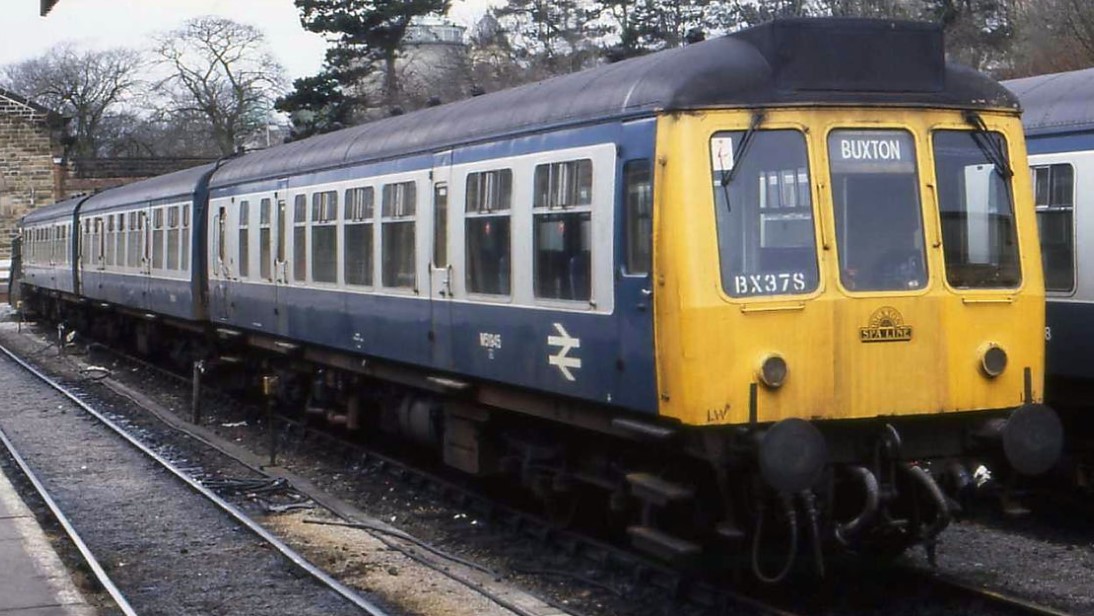
BX37S at Buxton. Date unknown. ©Phil Richards
|
The British Rail Class 108 diesel multiple units were built by BR Derby from 1958 to 1961, with a final production quantity of 333 vehicles. The 108 was formed as a 2-, 3-, or 4-car unit. Its aluminium body led the type to be classed as a lightweight unit. These units stayed in regular service until 1990, when they began to be withdrawn from traffic. They were replaced on regional services by the new Sprinter derivative units, or by Turbo units on services around London. The final units lasted in traffic until October 1993, although many saw further use in departmental service, as sandite or route-learner units. Good condition on withdrawal and lack of asbestos have ensured that many of this class are now used on preserved railway lines. |
|
|
Type of Unit |
1st Generation Diesel Multiple Units |
|
Builder |
Derby Works |
|
Build Dates |
1958 to 1961 |
|
Total Built |
32 Sets (333 total cars) |
|
Coaches Per Unit |
2, 3 or 4 Cars |
|
Power Output |
150bhp per engine (2 per unit) |
|
Top Speed |
70 mph |
|
Passenger Capacity |
Up to 250 |
|
Operated By |
British Rail |
|
Main Duties |
Local Passenger |
|
In Service Until |
1993 |
|
Surviving Examples |
52 individual cars preserved |

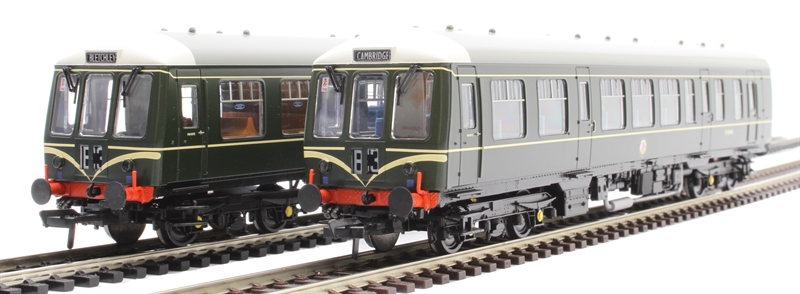
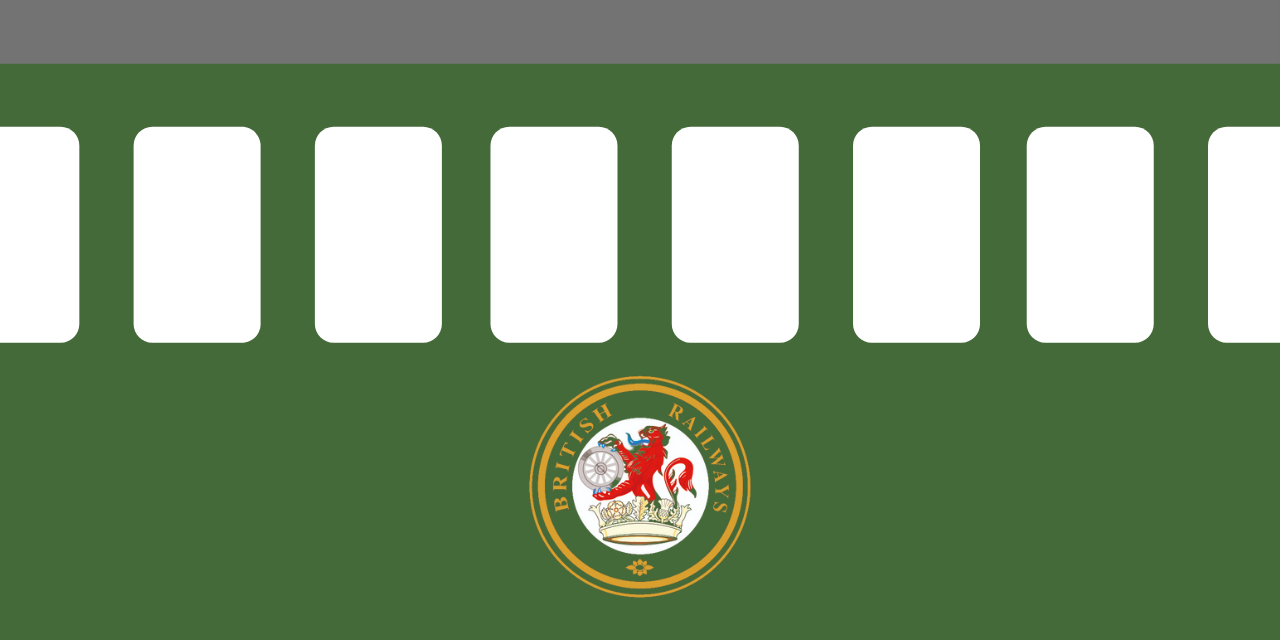 BR green with coaching stock roundel
BR green with coaching stock roundel
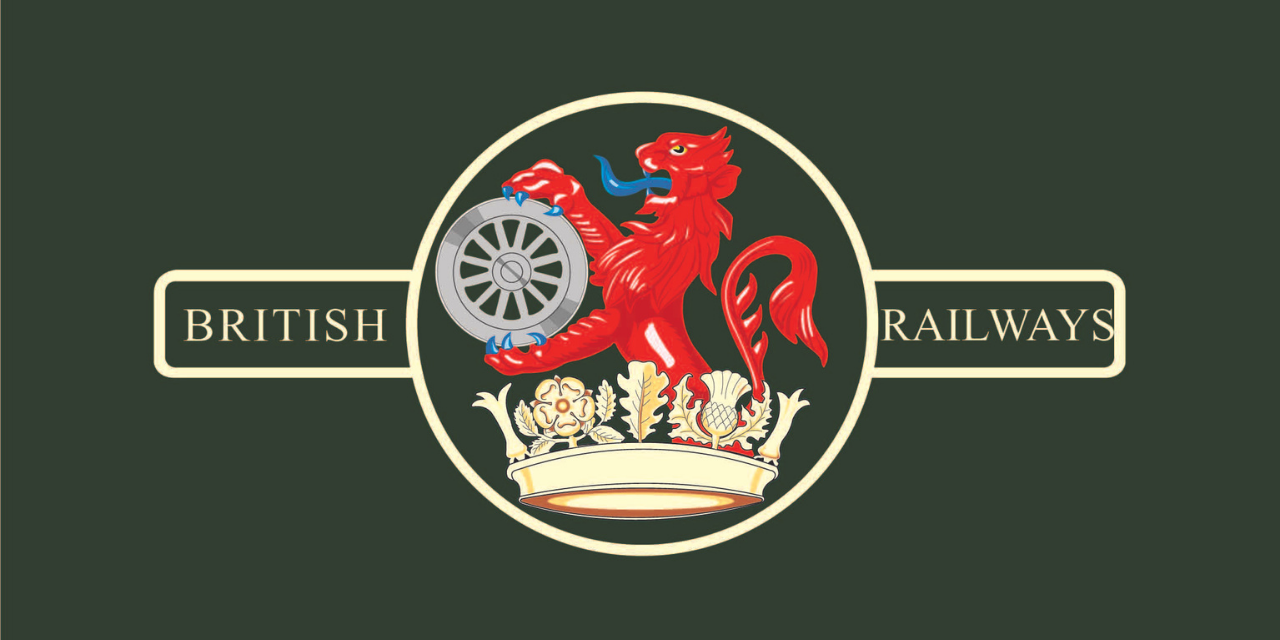 BR green with late crest
BR green with late crest
 BR blue and grey
BR blue and grey
 BR blue
BR blue
 BR white
BR white
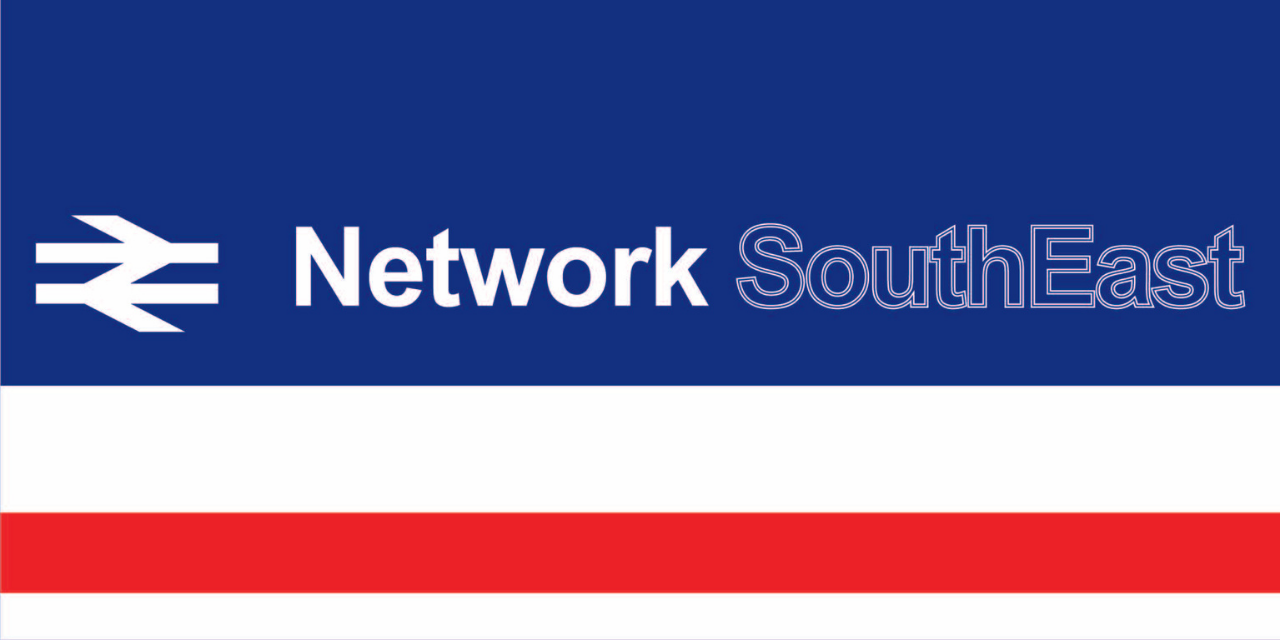 NSE - Network SouthEast
NSE - Network SouthEast

